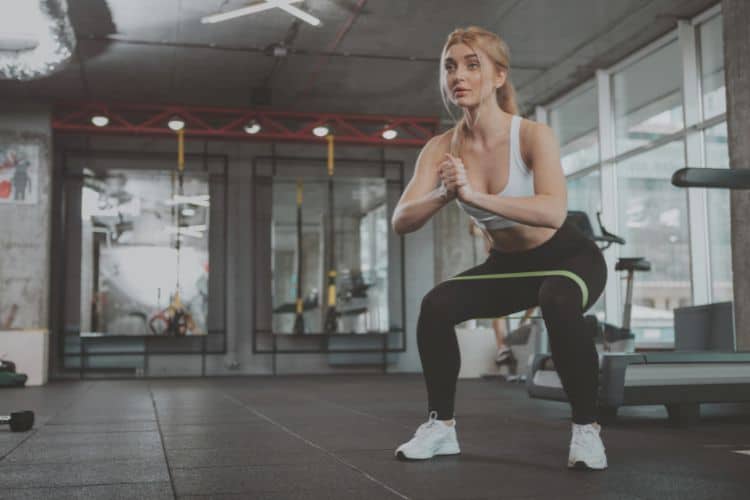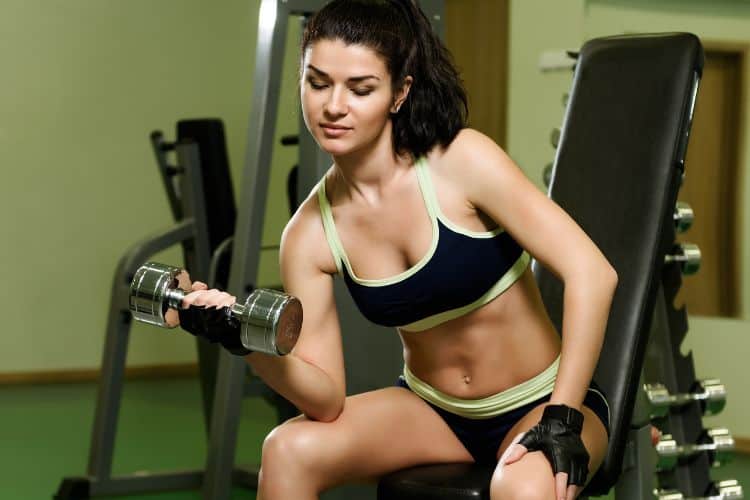Sign up for workout ideas, training advice, reviews of the latest gear and more.






We live in an era where the high intensity, sweat-drenching workouts often grab the spotlight. While these workouts have their merits, they’re not the only effective way to stay fit. For many women, particularly those who are starting their fitness journey, post-pregnancy, recovering from an injury, or even those simply looking for a less strenuous exercise regimen, low-intensity exercises can be a game-changer. Let’s delve into the gentle powerhouse of low-intensity workouts and discover their numerous benefits.
Low-Intensity Steady State (LISS) exercises refer to activities done at a steady, repetitive manner for an extended period, usually at about 50-60% of one’s maximum effort. Examples include walking, leisurely cycling, yoga, and swimming. They are the opposite of High-Intensity Interval Training (HIIT), which involves short, intense bursts of effort followed by rest periods.
Joint-Friendly: Unlike high-impact workouts, low-intensity exercises are easier on your joints. This makes them ideal for women with arthritis, those recovering from injuries, or anyone looking to avoid joint-related issues in the long run.
Enhances Mood and Reduces Stress: Activities like yoga and tai chi are known to reduce stress and produce a calming effect. This is in part due to the slower, mindful movements and deep breathing patterns associated with these exercises.
Sustainable and Less Intimidating: Starting a new fitness regimen can be daunting. For beginners or those getting back into exercise after a hiatus, LISS workouts can feel more achievable and less intimidating, making it easier to stick to a routine.
Boosts Metabolism: Contrary to popular belief, low-intensity workouts can also aid in weight loss. They help in building lean muscle mass, which in turn increases the resting metabolic rate.
Suitable for Pregnant and Post-partum Women: With a physician’s approval, many low-intensity exercises can be safely done during and after pregnancy, aiding in maternal health and post-partum recovery.
Better Sleep: Regular low-intensity exercise can improve the quality of sleep by helping to regulate circadian rhythms and reduce stress hormones.
Walking: Whether it’s a stroll in the park or a brisk walk around your neighborhood, walking is a fantastic low-impact exercise. For added benefits, consider walking in nature, which can further enhance mood and reduce stress.
Swimming: Provides a full-body workout without putting strain on joints. It’s refreshing, therapeutic, and can be easily tailored to your pace.
Yoga: Not only does yoga enhance flexibility and strength, but it also teaches mindfulness and deep breathing. It’s a holistic approach to health that benefits the body, mind, and spirit.
Pilates: It focuses on core strength, alignment, and flexibility. With a series of controlled movements, Pilates can be both relaxing and invigorating.
Cycling: Riding a bike at a leisurely pace allows you to enjoy the scenery while giving your legs a good workout. You can cycle outdoors or use a stationary bike indoors.
Dancing: Whether it’s ballroom, salsa, or just freestyle dancing in your living room, dancing is a joyful way to get moving.
To maximize benefits, ensure consistency. Aim for at least 150 minutes of moderate-intensity aerobic activity every week. Remember, it’s not about how hard you push in a single session, but rather the regularity and enjoyment of the activity.
Also, listen to your body. If a particular exercise causes discomfort, adapt, or choose an alternative. Over time, as your endurance improves, you can gradually increase the intensity or duration of your workouts.
For years, the world has been in a relentless pursuit of quick fitness fixes. High-intensity routines, while effective, can sometimes overshadow the profound merits of their calmer counterparts. Let’s expand our perspective and delve deeper into the multi-faceted world of low-intensity exercises.
One major advantage of low-intensity exercises is that they allow for the establishment of a strong fitness foundation. They train the body’s aerobic system, which utilizes oxygen to convert stored fat into energy. Over time, a well-developed aerobic system means better endurance, increased stamina, and a body that can efficiently utilize fat for energy.
Cardiovascular health is often associated with vigorous exercises. However, consistent low-intensity workouts can also substantially improve heart health. When done regularly, these exercises increase the heart’s efficiency in pumping blood and can aid in reducing bad cholesterol levels, thus decreasing the risk of heart diseases.
High-intensity workouts can sometimes lead to overuse injuries due to the immense strain they place on muscles and joints. On the contrary, low-intensity exercises promote muscle recovery. They increase blood flow to the muscles without causing undue strain, facilitating faster recovery from more intense workouts.
It’s not just about the body. Engaging in slow, deliberate movements provides an opportunity to practice mindfulness. This has a dual benefit: you become more attuned to your body’s needs and signals, and simultaneously, the very act of focusing on the present moment – the rhythm of your breath or the feel of your feet hitting the ground – can be meditative. The result? A calmer mind, reduced anxiety, and an overall sense of well-being.
Low-intensity doesn’t equate to monotony. The spectrum of activities that fall under this category is vast. From Tai Chi, a martial art known for its slow and rhythmic movements, to gentle aerobics, water aerobics, and even strength training with lighter weights — the options are plenty. This variety ensures that routines can be switched up, keeping boredom at bay and ensuring that different muscle groups are targeted.
One of the standout merits of low-intensity exercises is their inclusivity. They cater to a wide demographic. Older adults, individuals with certain medical conditions, or those who are averse to the gym environment can all find solace in these workouts. They provide an avenue for staying active without the daunting nature of more intense regimes.
Integrating these exercises into your daily routine doesn’t have to be a major upheaval. Simple activities can make a difference:
Remember, fitness is a personal journey. What works for one person may not work for another. It’s essential to listen to your body and adapt exercises to suit your needs. For instance, if traditional yoga poses are challenging, chair yoga is an excellent alternative.
In our quest for fitness, it’s essential to remember that intensity is just one factor. The beauty of low-intensity exercises lies in their subtlety, their ability to harmonize body and mind, and their inclusive nature. As women, as caregivers, as professionals, and as multifaceted beings, these exercises offer a sanctuary — a space where fitness is gentle yet powerful. Embrace the calm, embrace the consistency, and let the magic of low-intensity exercises unfold.
Stay up to date on the latest women’s health, fitness and lifestyle trends and tips.